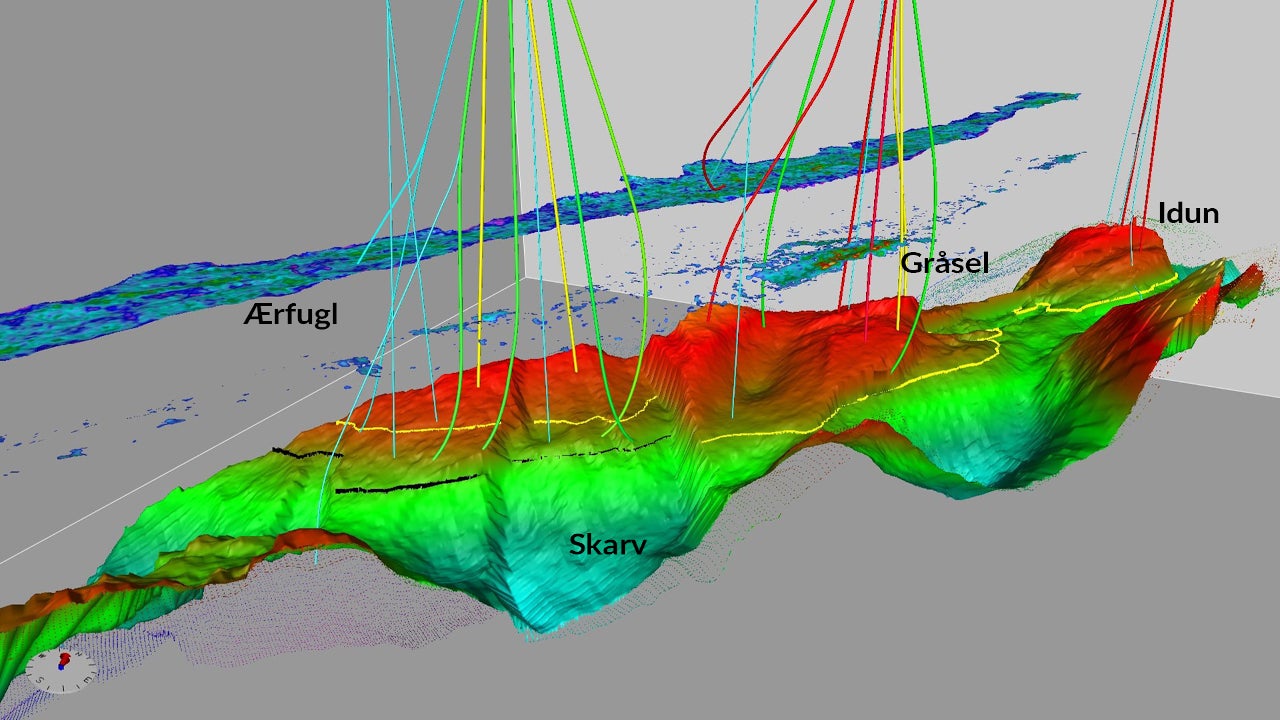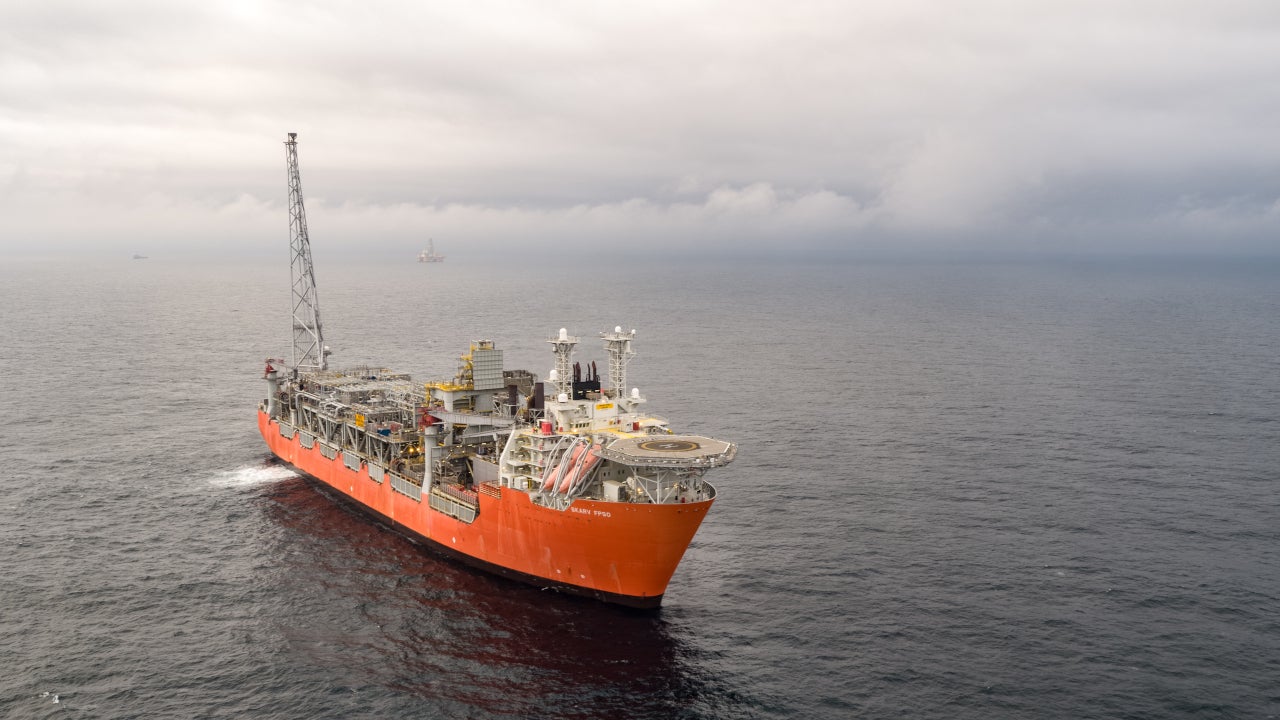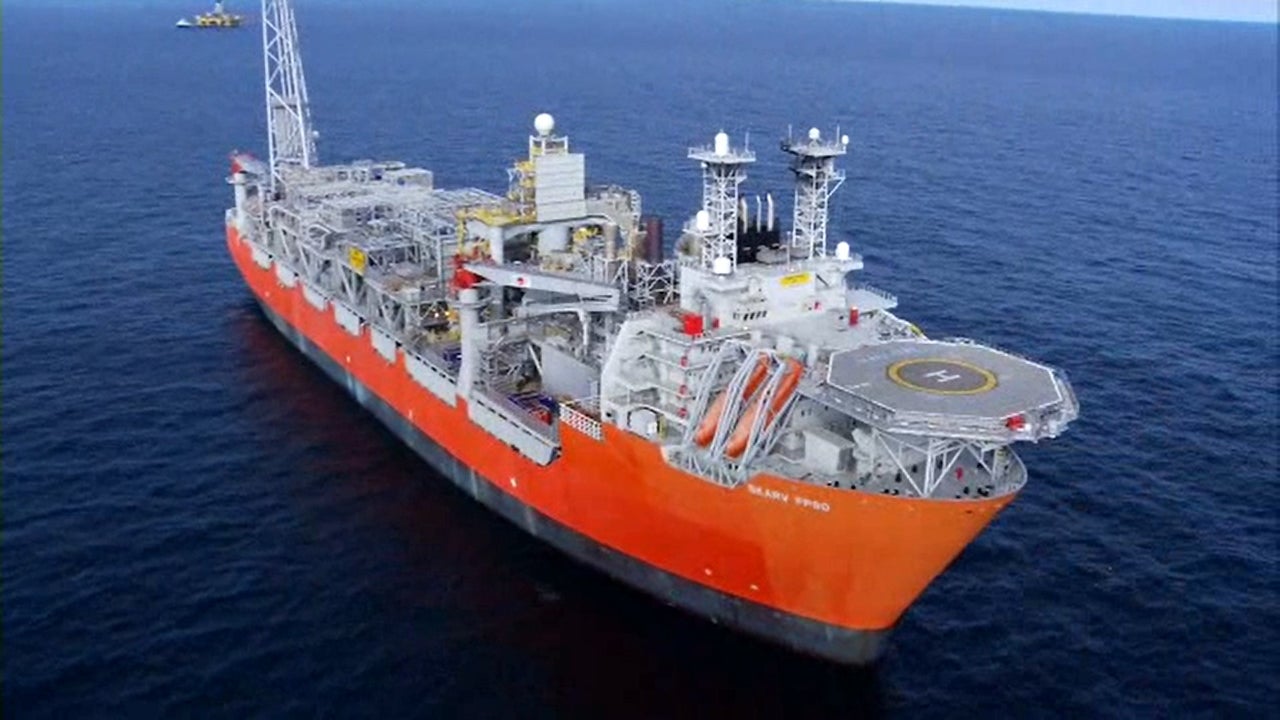Grasel oil field is located within the Skarv area above the Skarv reservoir, approximately 210km offshore Sandnessjøen on the Norwegian continental shelf (NCS) in North Sea, Norway.
The oil field is co-owned by the operator Aker BP with Equinor, Wintershall Dea, and PGNiG. The concept development of the Grasel project was started in May 2019, while the final investment decision for the field development was made in December 2020.
The development will require an estimated investment of $139.5m (NOK1.2bn). First oil from the field is expected in the fourth quarter of 2021.
Grasel oil field geology and reserves
The 2km-wide Grasel reservoir stretches over 7km, holding an estimated hydrocarbon reserves of 13 million metric barrels of oil-equivalent (Mmboe). The Grasel field and the producing Skarv and Aerfugl fields are situated within the same licence unit, the Skarv Unit.
Grasel oil field was discovered by the 6507/5-1 discovery well in 1998. The discovery contains approximately 9m-thick oil-bearing Lower Cretaceous Lange sandstones, present beneath the 6507/5-1 Skarv discovery.
Grasel oil field development details
The Grasel oil field development will utilise the existing infrastructure on the Skarv field. A new producer well will be drilled from the well slot and an injection support will be developed from a joint injector of the existing Skarv field facility for the Grasel and Tilje fields development.
The wells will be tied-back to the existing floating, production, storage and offloading (FPSO) vessel on the Skarv field. The Grasel field will extend the life of the Skarv floating production, storage and offloading (FPSO) vessel.
Skarv FPSO details
Skarv FPSO is a highly advanced vessel purpose-built for challenging climatic conditions. The 295m-long and 51m-wide FPSO has a production capacity of 85,000bpd of oil and 19 million m3/d of natural gas and a storage capacity of 875,000 barrels. It is equipped with 15 mooring lines, 13 risers, a 7,000t mooring system, and 100 single-bed cabins for accommodation.
The topsides and hull of the FPSO weigh 18,000t and 49,000t, respectively. The vessel has a field production life of 25 years.
Details of Skarv area
The Skarv area is co-owned by Equinor (36.165%), Wintershall Dea (28.0825%), Aker BP (28.835%) and PGNiG (11.9175%). Four discoveries have been made in the area, namely Skarv, Grasel, Idun and Aerfugl. The area currently has two producing fields, Skarv field and Aerfugl field, both operated by Aker BP and tied-back to the Skarv FPSO.
The net proven reserves of the Skarv area are estimated to be approximately 100Mmboe. In 2019, Equinor drilled the Ørn exploration well in the area to discover one of the biggest gas discoveries on the Norwegian continental shelf (NCS). The Shrek exploratory well, operated by PGNiG, was found to hold twice the estimated volumes of reserves.
The area is being developed to increase production substantially by 2045.
Skarv area development details
A new electric motor was installed for gas injection compressor on the Skarv FPSO in March 2019, while the New Vagar exploration well was drilled in August 2019.
Subsea structures and production equipment were installed in the Aerfugl field in September 2019, while first production well on the field was drilled in October 2019. In November 2019, the partners decided to execute phase two of the Aerfugl project.
Phase one of the Aerfugl field came onstream in November 2020, while production from phase two of the Aerfugl field will begin in 2021.










